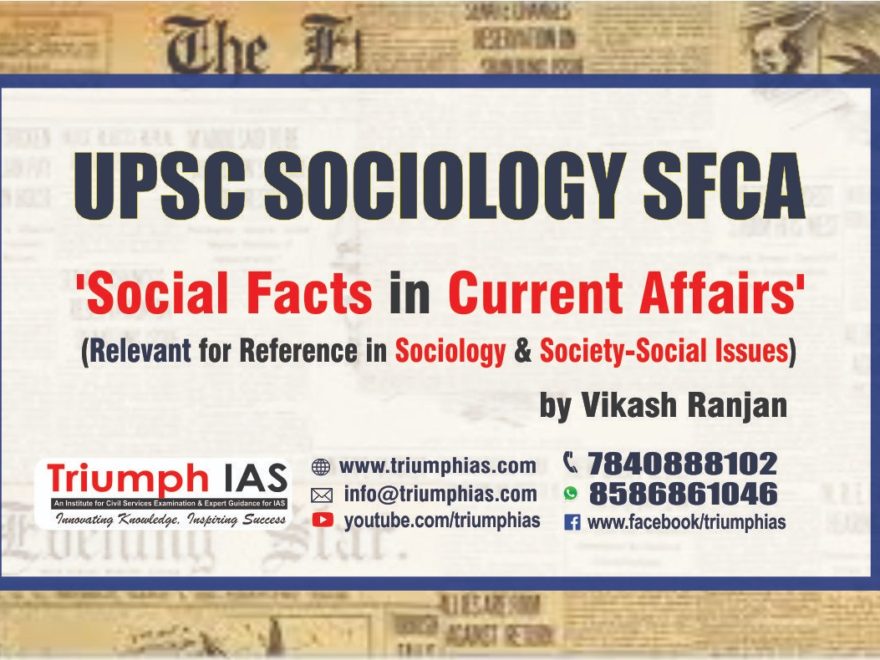GROWTH WITH INEQUALITY
- (Relevant for Sociology Syllabus: Paper 1 – Works and Economic Life ; PAPER-2 –Social Changes in India )
- (Relevant for GS Syllabus: Paper 1- poverty and developmental issues )
- The Economic Survey seems to privilege wealth creation over reduction of income disparity.
- The Economic Survey for 2020-21 is an expansive attempt at reviewing the developments in the Indian economy during the current financial year and providing an outlook for it’s near term prospects.
- Spread over 700 pages, the survey opts for a self congratulatory tone while highlighting the policy achievements of the government in steering the economy through the treacherous shoals of “the most unfathomable global health emergency experienced in modern history”.
- Citing an approach that used ‘graded public health measures to transform the short term trade-off between lives and livelihoods into a win-win that would save both lives and livelihoods over the longer term’, the survey asserts that India established a globally unique model of strategic policymaking in containing the COVID19 pandemic while helping the economy recover quickly from its deleterious impact.
- There is no denying that the country appears to have not only flattened the curve but also, crucially, so far avoided a bruising second wave of infections seen in much of Europe and the U.S. While it may be debatable as to how much of the turn in the pandemic’s progress could be attributed wholly to proactive policy measures, the survey’s contention that India has turned the crisis into an opportunity to strengthen its long term growth potential through ‘seminal reforms’ sounds off key, especially given the ongoing farmers’ agitation against the new farm laws as well as the plight of the struggling small and medium scale industries and informal sectors.
- The survey goes on to forecast that the economy is currently experiencing a V-shaped recovery that would enable GDP to expand, even by a ‘conservative estimate’, by 11% in real terms in 2021-22. Still, to achieve that level of real growth, retail inflation must moderate substantially to average 4.4% or less over the 12month period through March 2022, given that the survey has projected nominal growth at 15.4%.
- Also, while batting for a fiscal push to support the reviving economy, it posits an upside to the growth prognosis predicated on, among other factors, a rapid rollout of the COVID19 vaccines and a recovery in demand in the battered services sector.
- However, the document fails in providing an honest assessment of the on ground economic situation by overlooking key aspects including the extent of UN-EMPLOYMENT even as it hints at the level of RURAL JOBLESSNESS, which followed the RETURN OF MILLIONS OF URBAN CASUAL WORKERS in the wake of last year’s hastily implemented lockdown.
- This it does by taking credit for a record 311.92 crore person days of work generated over the last 10 months under And in contending that growth should be prioritised over inequality in tackling poverty, when the pandemic has exacerbated the gap between the rich and the poor and the Finance Minister is set to present her Budget, the survey seems to privilege wealth creation over all else.
